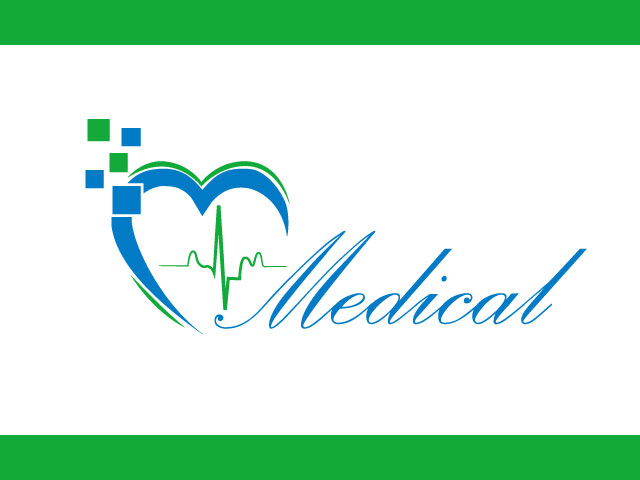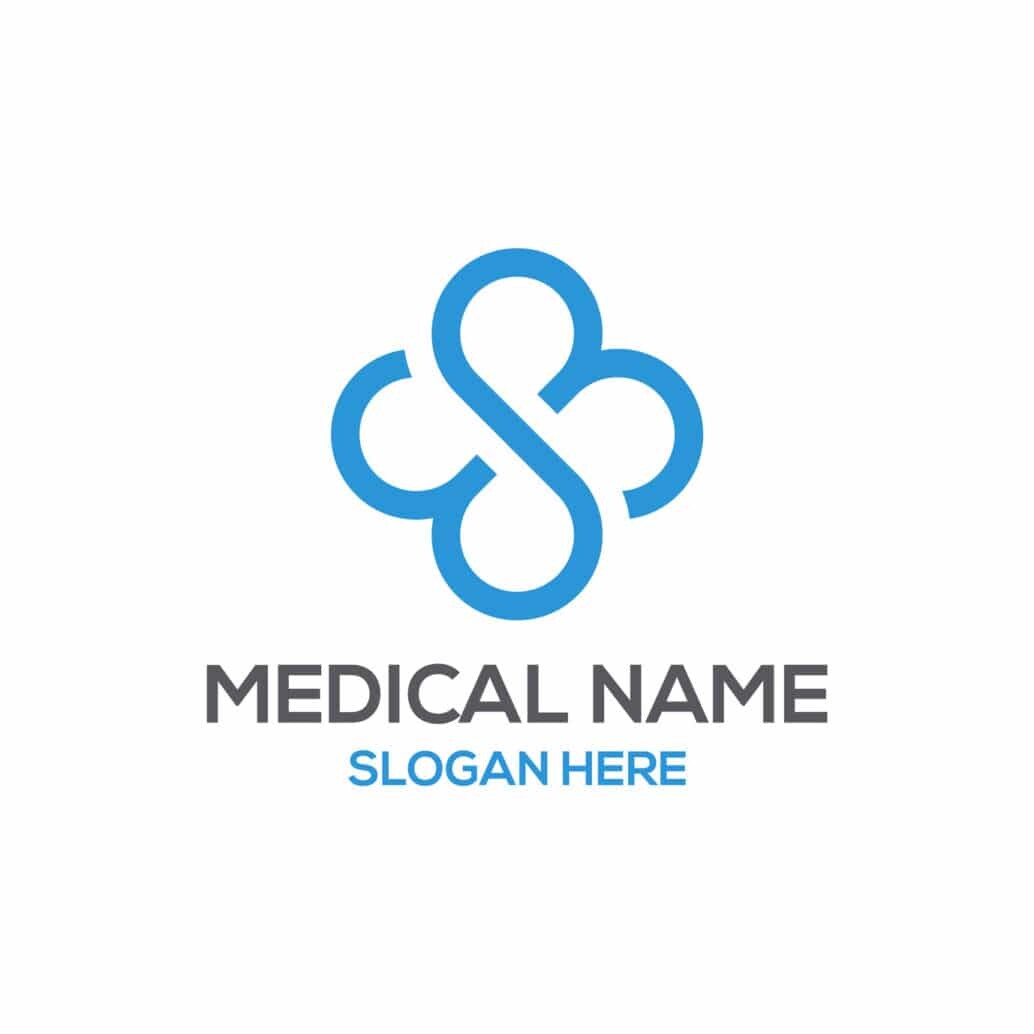Table Of Content

Their thumbs-up often dictates hospital purchases, so prove your device's worth, or it's a non-starter. To take a page from Dan’s book, interrogate everyone who is involved in the lifecycle of your product and make sure that your design allows for manufacturing at scale. A product might meet a market need, but if it’s difficult to produce, its commercial viability may be slim. Orchid was designed to fit an array of medical tubing products used in different settings and scenarios. Medical device design is the process of creating innovative and safe devices that are used to diagnose, treat, or prevent medical conditions. Medical devices can range from simple devices such as thermometers and blood pressure monitors to complex devices such as pacemakers and MRI machines.
Medical Device Design: Verification and Validation
Their lean and efficient team has created a device that can deactivate the nerve known to aggravate the symptoms of this highly prevalent condition. This novel treatment opens up new possibilities for patients who previously had few or no options. Yet, payers can also be swayed by other factors, particularly when it comes to life-saving devices. If your device has the potential to save lives, it might tip the scales in your favor, even though the economic aspect should not be entirely disregarded. Conversely, if your device falls outside this category, it’s essential to strategize early on in order to effectively convince payers of its value. Steve advises understanding different value propositions for various stakeholders while you’re still in the development phase.
Products and services
By submitting your personal information, you agree that SAE Media Group and carefully selected industry sponsors of this content may contact you and that you have read and agree to the Privacy Policy. A global digital event hosted by Zeiss will feature innovations, insights, and industry trends across multiple industries, including medtech. The other part was a quantitative study in 2023, with 37 participants measuring general computer programming self-efficacy using validated scales before and after the course. The authors saw an increase in mean scores for general self-efficacy and digital literacy after the course, but the pre- and post-course measures of self-efficacy were not statistically significantly different. Another website, "The PinkPrint," addressed the unique challenges incarcerated women face, serving as a "blueprint" with educational resources and gender-responsive support. Equally remarkable was "No Excuse for Domestic Abuse," which raised awareness about the prevalence of domestic violence while offering a lifeline to victims seeking help.

Medical Product Compliance and Testing
Once all papers were coded, the team organized codes into descriptive themes aligned with the research question. Clinical clerkship; feedback; formative feedback; health professions; undergraduate medical education; workplace. MassDevice is the leading medical device news business journal telling the stories of the devices that save lives.
We Work with Early-Stage to Fortune 100 Companies & Design Medical Devices For:
More insight is needed in designing a closed loop feedback process, in which specific attention is needed in effective feedforward practices. The feedback that stimulates further action and learning requires a safe and trustful work and learning environment. Understanding the relationship between an individual and his or her environment is a challenge for determining the impact of feedback and must be further investigated within clinical WBL environments. Aligning the dimensions of feed-up, feedback and feedforward includes careful attention to teachers’ and students’ feedback literacy to assure that students can act on feedback in a constructive way.
At DeviceLab, we are deeply committed to achieving and demonstrating regulatory compliance in all our operations and deliverables. When students are encouraged to seek feedback aligned with their own learning objectives, they promote feedback information specific to what they want to learn and improve and enhance the use of feedback [53]. McGinness et al. (2022) identified that the perceived relevance of feedback information influenced the use of feedback because students were more likely to ask for feedback if they perceived that the information was useful to them. For example, if students feel part of the clinical team and participate in patient care, they are more likely to seek feedback [17]. Feedback that generates use and response from students is characterized by two-way communication and embedded in a dialogue [30]. Feedback must be future-focused [29], and a feedback encounter should be followed by planning the next observation [46, 87].
User research is completed, requirements are set, the detailed design is locked in and handed over to the production team. Too often this approach results in products being developed without sufficient insight into user needs, and the potential effects on sales may not be felt until launch, when investments have already been sunk. In the dynamic realm of healthcare, DeviceLab stands at the forefront, exemplifying the perfect blend of innovation, precision, and dedication in medical device design. Our approach goes beyond mere creation; it’s about envisioning and actualizing solutions that revolutionize patient care.
With degrees in computer engineering and economics, an MBA, and a doctorate focused on transformative innovations, Waqaas Al-Siddiq knows a thing or two about making complex technology accessible. Steve Anderson’s engineering acumen and regulatory experience make him a golden asset to medtech startups. However, it was his son, Noah, who has special needs and has undergone numerous surgeries, that led Steve to his current startup, Preceptis Medical. Linear’s flagship product, the Orchid SRV, is a tension-activated breakaway safety release valve that makes delivering fluids through an IV safer and more efficient.
Medical Devices
The strategies I shared with you aren’t just theoretical, they are practical, field-tested methods that have been instrumental in bringing groundbreaking medical technologies to market. Developing a global brand design language to position Life Technologies for acquisition by elevating the technology, brand, and design. A brand that focuses on bringing excellence to the field of point of care diagnostics.
Once complete, it will feature a separate entrance with mass triage space and a 32-exam-room pod that can run in “pandemic mode” to treat infectious patients. These responses empower UC Health in the face of a future pandemic, but also in a variety of other scenarios. While previous design decisions always took trade-offs into account, the unprecedented focus on climate and sustainability—as well as hospital efficiency and capacity—has made real-time understanding of quantitative data incredibly important. More and more, data-driven econometric modeling strategies are guiding our large design decisions. Public health and the built environment have a long-intertwined history—one that was catapulted into the limelight amid the COVID-19 pandemic. The global crisis made us all acutely aware of how design, whether for dedicated medical buildings or other building types, can affect our ability to respond to health emergencies as well as our daily well-being.
Why Chemistry Expertise Is Essential in Medical Device Manufacturing - Tech Briefs
Why Chemistry Expertise Is Essential in Medical Device Manufacturing.
Posted: Tue, 12 Dec 2023 13:01:36 GMT [source]
For an introduction, check out our Medical Device Design Roadmap for a high-level primer. Improving extruded components requires careful attention to a number of factors, including dimensional tolerance, material selection, and processing. Trelleborg’s Dan Sanchez provides detailed insights into each of these considerations to help you advance your device innovations while reducing costs and speeding time to market. Using projects from the Design in Health Care courses as the active vehicle, this course introduces students to the workings of industry quality management systems and standards adherence.

Moreover, constructive and positive relationships enhance students´ use of and response to feedback [30]. For example, Longitudinal Integrated Clerkships (LICs) promote stable relationships, thus enhancing the impact of feedback [83]. In a long-term trusting relationship, feedback can be straightforward and credible [87], there are more opportunities for student observation, and the likelihood of follow-up and actionable feedback improves [83]. Johnson et al. (2020) pointed out that within a clinical teacher-student relationship, the focus must be on establishing psychological safety; thus, the feedback conversations might be transformed [62]. The clinical environment is hierarchical [68, 80] and can make students not consider themselves part of the team and feel like a burden to their supervisor [68].
Additionally, automated testing, diagnostic techniques, and data collection tools can enhance the V&V process [10]. As illustrated in Figure 1, both the scientific and regulatory processes are intertwined throughout the product life cycle. Just as different parts of the science life cycle are interconnected, the science and the regulatory requirements are intertwined, each informing and determining the other. There is an opportunity to build connections, both at the FDA and in manufacturers, so parts of the life cycle do not risk only being considered in isolation. For example, it is not uncommon for a premarket application to be reviewed without considering the postmarket experience of similar products.
It is also evident that this affects trust between clinical teachers and students [52]. Supervisors consider feedback a low priority in clinical contexts [35] due to low compensation and lack of protected time [83]. In particular, lack of time appears to be the most significant and well-known barrier to frequent observation and workplace feedback [35, 43, 48, 62, 67, 83]. Students perceive that the mini-CEX allows them to be observed and encourages the development of interviewing skills [33].
Those most attuned to this connection are a niche group of architecture and design practitioners who also have medical experience. Regulatory agencies require both design/product validation and process validation individually, so both of them need to be equally taken into account during regulatory submission. An aging population and a recognition that early detection of ailments enhances life expectancy and reduces costs mean that the number of healthcare applications is growing rapidly. About PaulAs User Experience and Innovation Director, Paul is a passionate advocate of the importance of ‘good design’ and is involved in all stages of product development from front end innovation to detailed design for manufacture. We work to select challenges that are engaging for both young professionals (our students) and the project proposers!

No comments:
Post a Comment